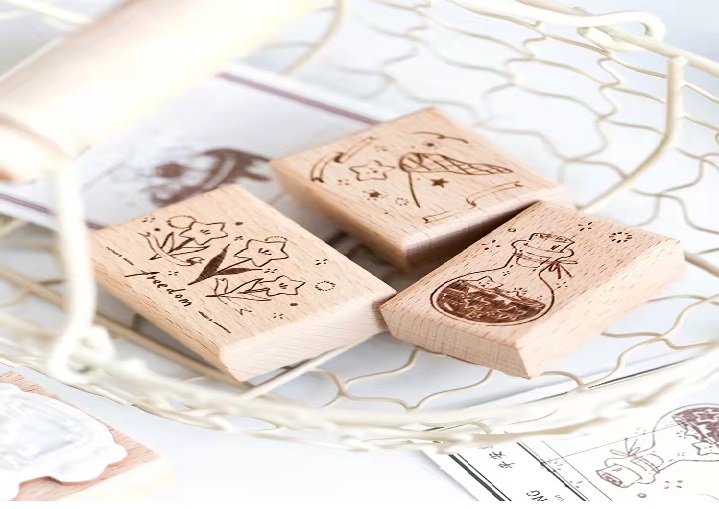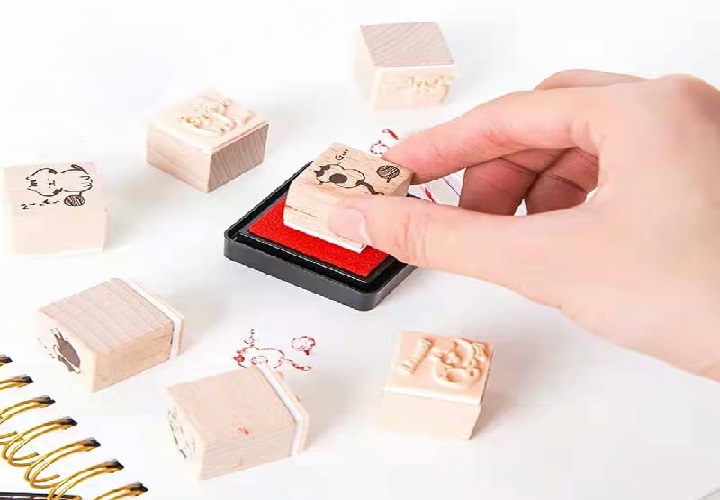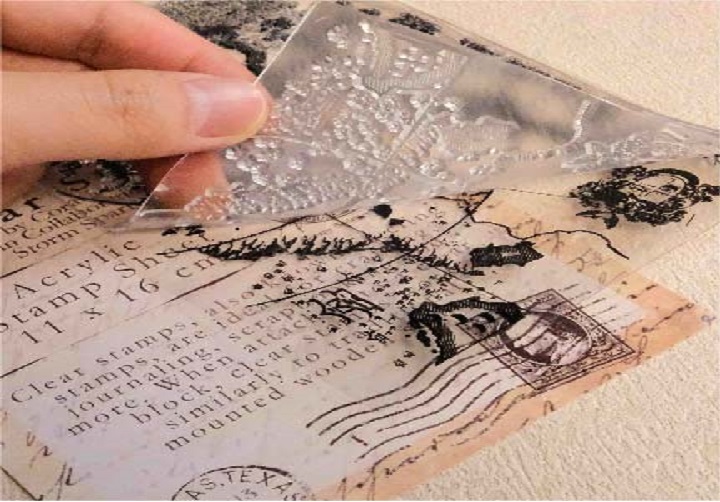Rubber stamp has been a ubiquitous tool in offices, businesses, and crafting communities for decades. From endorsing documents to adding a personal touch to homemade cards, rubber stamps serve a multitude of purposes. In this comprehensive guide, we delve into the history, applications, benefits, and potential drawbacks of rubber stamps, exploring their evolution from traditional wooden blocks to modern self-inking mechanisms.
History of Rubber Stamps
Rubber stamp traces their origins back to the 19th century when Charles Goodyear’s discovery of vulcanisation revolutionized the rubber industry. This led to the development of rubber stamps as an efficient means of marking documents and products. Initially crafted from wood and engraved rubber, these early stamps required separate ink pads for each use.
Types of Rubber Stamps
Over time, rubber stamps have evolved into various types to suit different needs. Traditional wooden stamps remain popular for their nostalgic charm and versatility, while self-inking stamps offer convenience and efficiency, eliminating the need for separate ink pads. Pre-inked stamps provide crisp, clear impressions and are ideal for high-volume tasks. Additionally, custom stamps allow for personalized designs, making them a favorite among hobbyists and businesses alike.
Applications of Rubber Stamps
The versatility of rubber stamps extends to numerous applications across various industries and personal endeavors. In offices, rubber stamps are indispensable for endorsing documents, marking invoices, and indicating approvals. In the world of crafting, they add flair to handmade cards, scrapbooks, and gift tags. Moreover, businesses utilize rubber stamps for branding purposes, imprinting logos, addresses, and promotional messages on packaging and stationery.
Benefits of Rubber Stamp
Rubber stamps offer a myriad of benefits, making them indispensable tools in many settings. Their efficiency and consistency streamline workflows, saving time and reducing errors. Customizable designs allow for branding and personalization, enhancing professionalism and creativity. Additionally, the durability of rubber stamps ensures long-lasting performance, making them a cost-effective investment over time.
Potential Drawbacks of Rubber Stamps
While rubber stamps offer numerous advantages, they are not without potential drawbacks. Traditional wooden stamps may require separate ink pads, leading to occasional messiness and inconvenience. Self-inking stamps can be prone to drying out or becoming clogged over time, necessitating maintenance or replacement. Moreover, custom stamps may incur additional costs, especially for intricate designs or specialized materials.
Additional Applications of Rubber Stamps
Beyond office work and crafting, rubber stamps find application in a diverse range of fields. In the realm of education, teachers use them for grading papers, marking attendance, and providing feedback on assignments. Libraries utilize date stamps to track book loans and returns efficiently. Medical professionals employ them to document patient charts, indicate signatures on forms, and organize paperwork in clinics and hospitals.
Conclusion
In conclusion, the rubber stamp is a versatile tool with a rich history and myriad applications. From streamlining office tasks to adding a personal touch to creative projects, they play an integral role in various industries and personal endeavors. While they offer numerous benefits, it’s essential to weigh their potential drawbacks and choose the type that best suits your needs. Whether you opt for a traditional wooden stamp or a modern self-inking model, the power of rubber stamps to leave a lasting impression is undeniable.





